Yorkshire based Restrap are a cult bike-packing brand, championing durability, minimalism and authentic functionality. Their frame bags are now seen everywhere, from Transcontinental racers to inner-city fixies. But, how did Restrap founder, Nathan Hugues, build a successful company from a simple strip of old seat belt webbing?
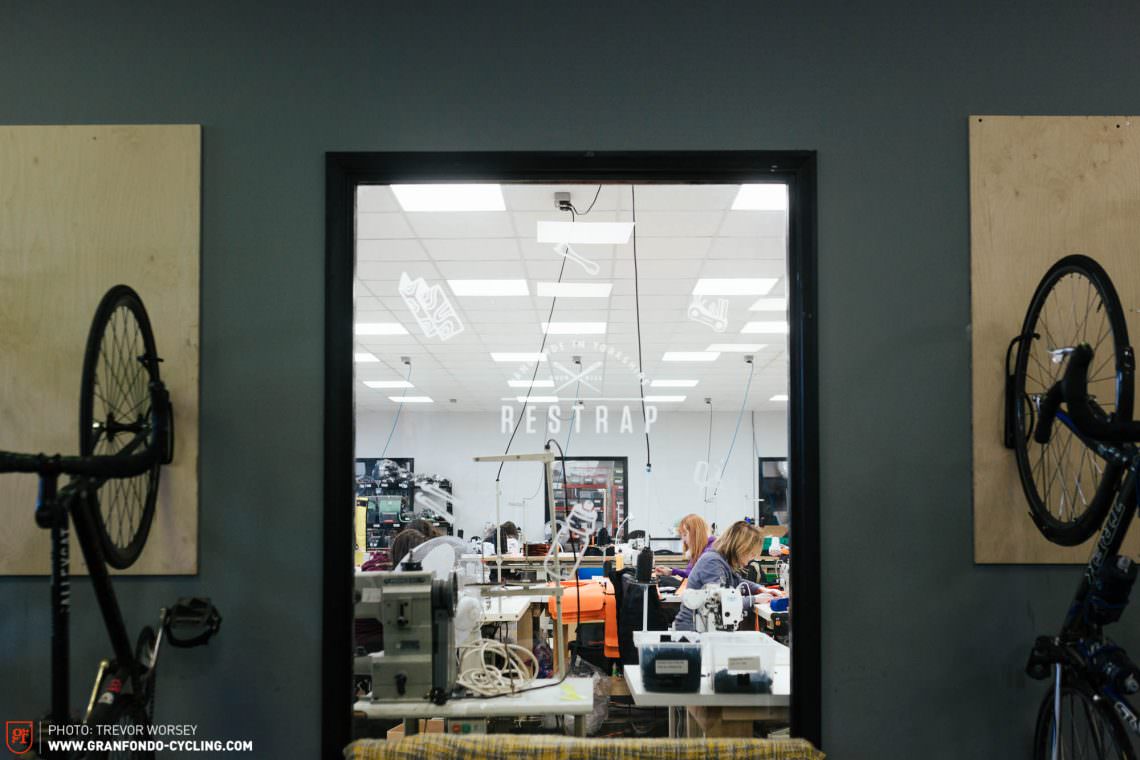
Often overlooked by Generation Z as a pitstop in the pursuit of the utopian night out, for many, the local pub is the beating heart of the UK. The flagstone floors and dingy bar are a church, where the pews are lined with strangers separated by social standing, opportunities and often sobriety, but all are united in their desire to share a warm tale over a cold pint. Perhaps then, it’s the perfect location to learn more about the Restrap story.
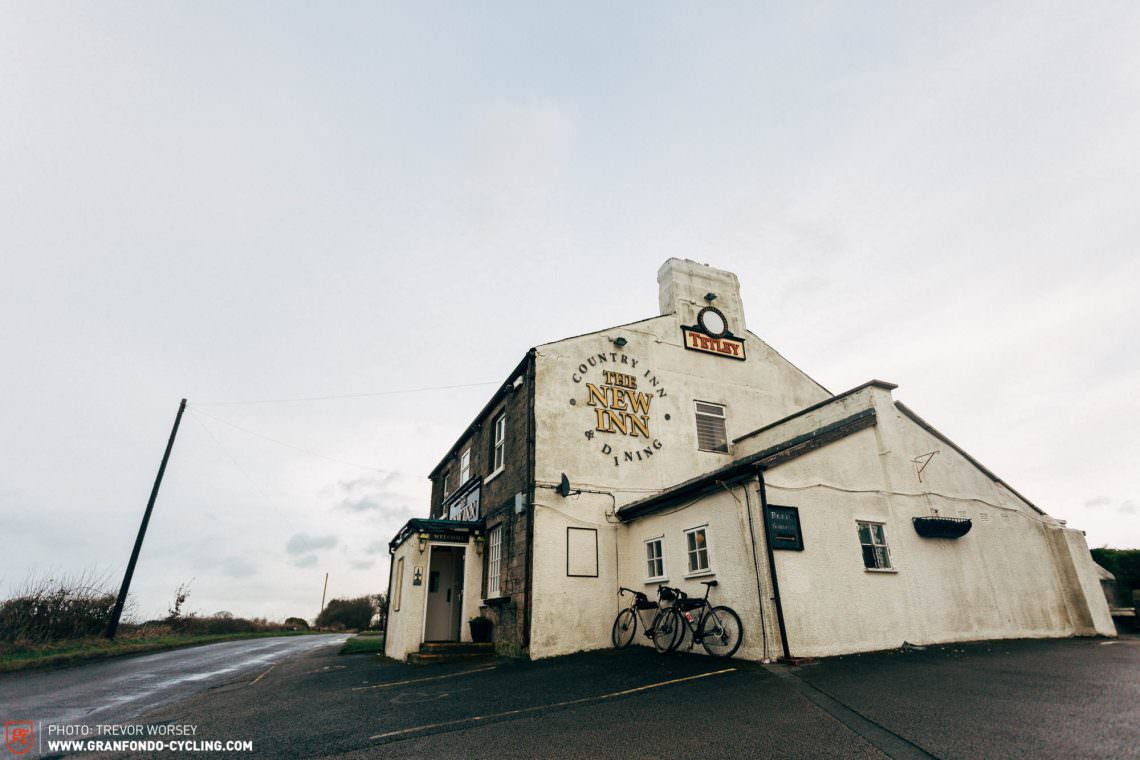
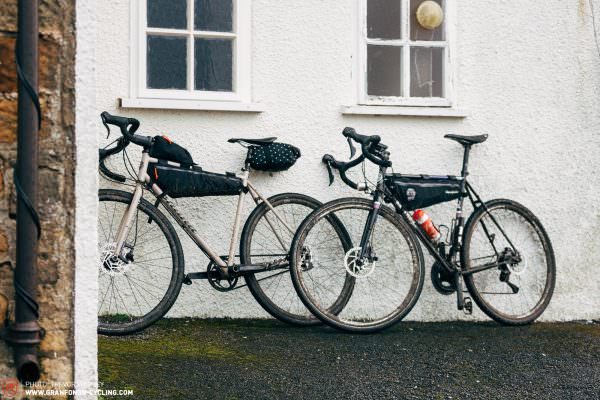
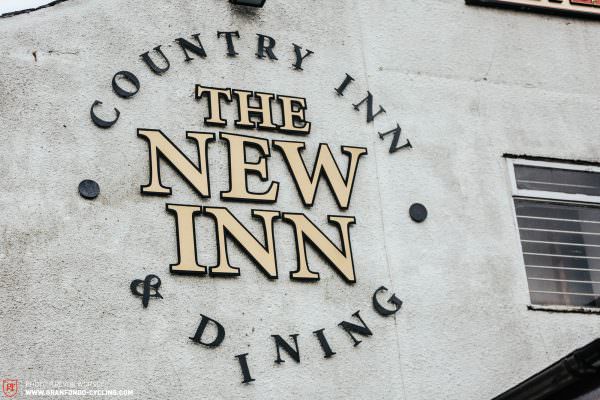
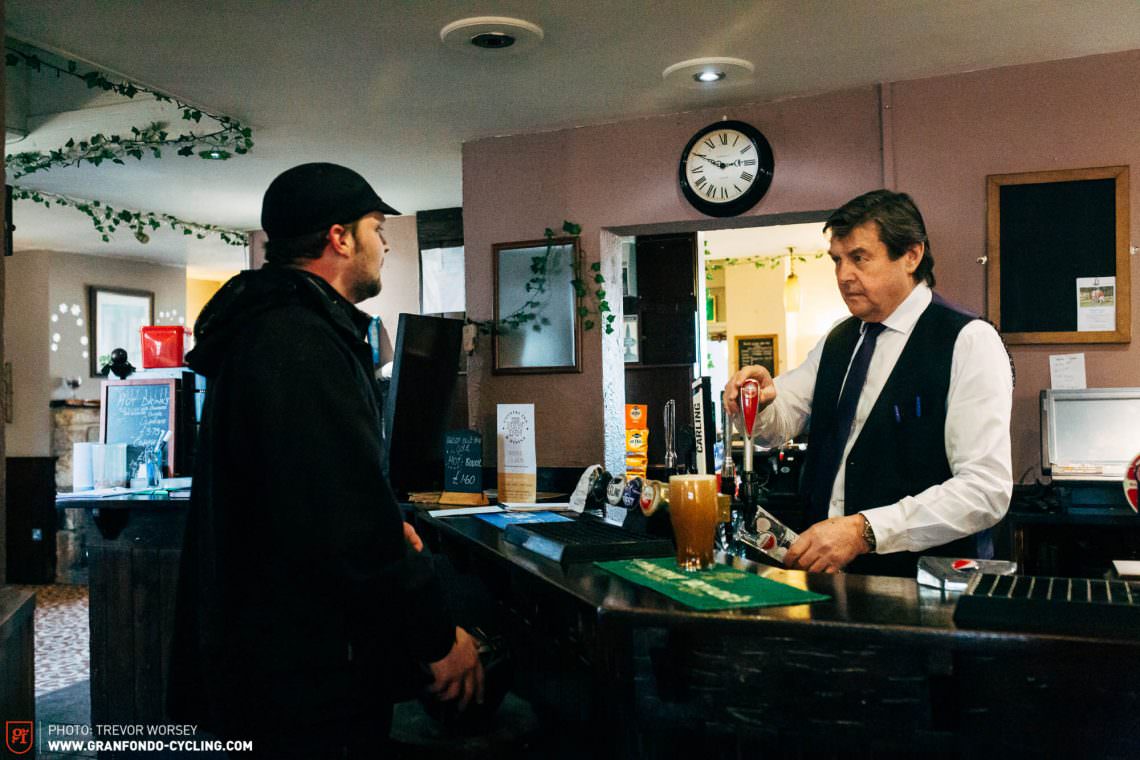
Nowhere is pub culture more fiercely guarded than in Yorkshire. Take the town of Otley for example, in its heyday, it was home to 32 pubs, one for every 427 residents of its population.
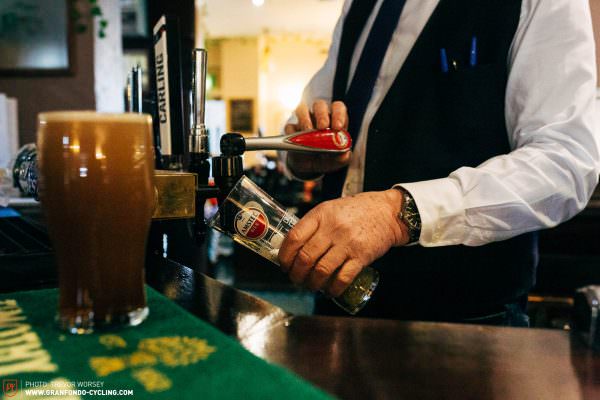
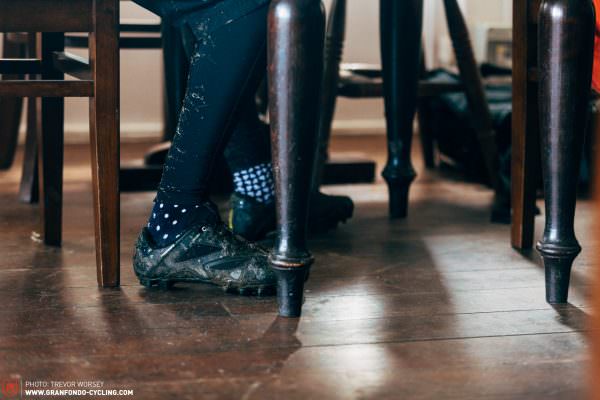
Our ride had intended to be a quick gravel blast to escape the centre of Leeds to explore its lesser known rat runs. We had left the Restrap factory in bright sunshine, but In typical Yorkshire fashion, the weather had sucker-punched us, and we soon found ourselves head down into driving rain. Then, on the horizon we spotted the New Inn pub, tired looking, but tantalising like a lighthouse in the storm. Crowding into the tight foyer, shoes clicking on the flagstone floor and leaving puddles in our wake, we might have expected a frosty welcome. However, the waistcoated patriarch took in our bedraggled forms without a flicker of curiosity—clearly a man who has already seen everything. As marketing manager Jon Hickin and I propped up the bar, pints of “Dirty Tackle” were skillfully drawn. With glasses cradled to our chests, we spread our wet gear around the chairs as best we could, before partaking in the hallowed tradition of staring blankly into the middle distance while reflecting on the diverse riding Yorkshire has to offer and the growth of the Restrap brand.
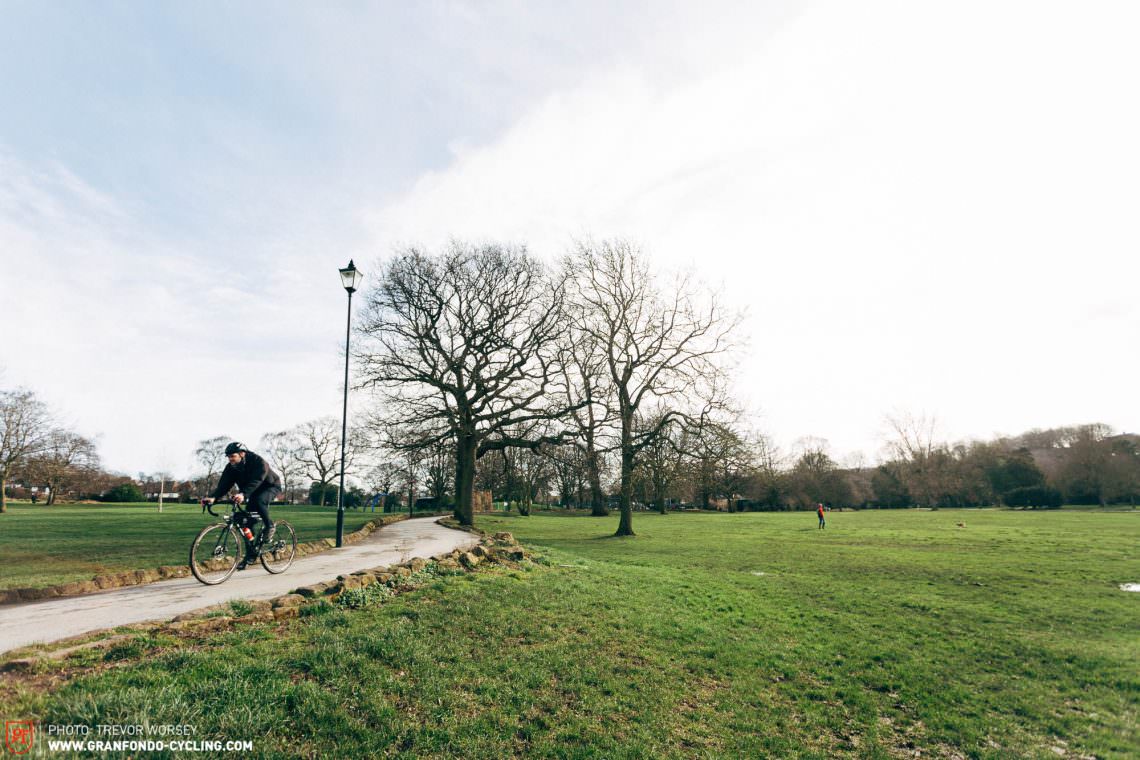

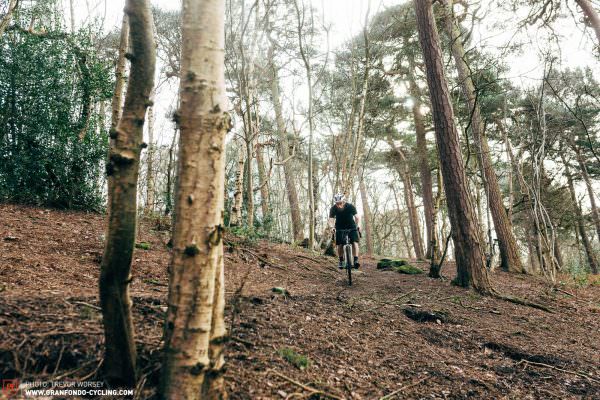
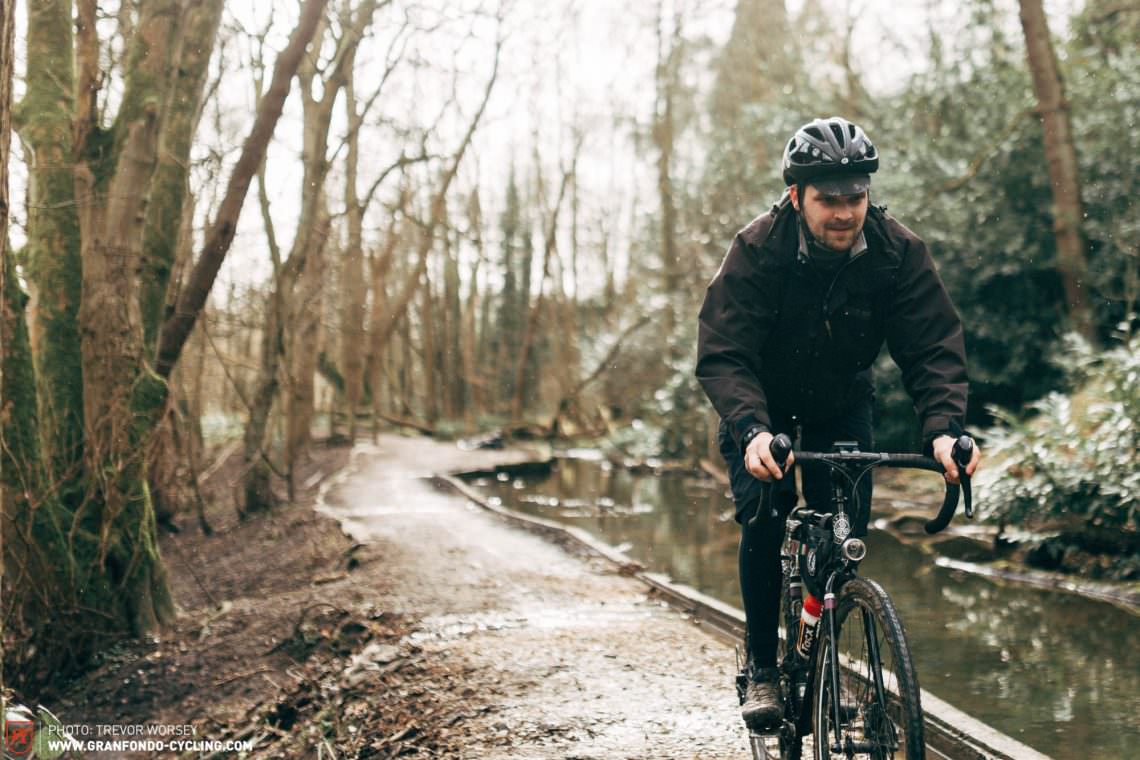
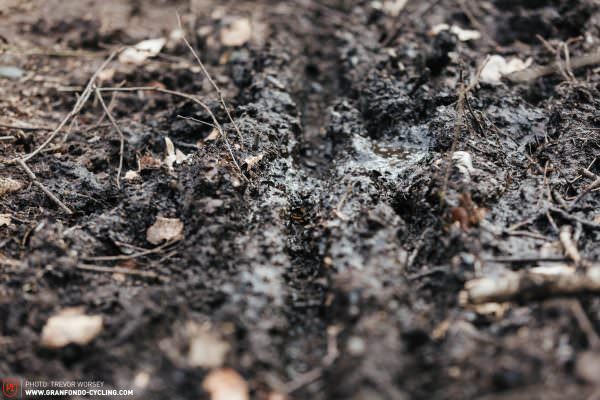
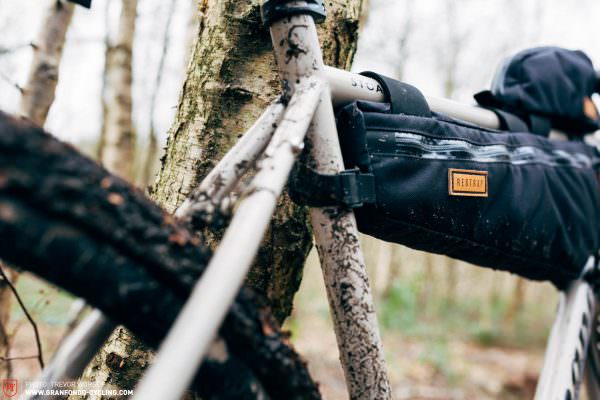
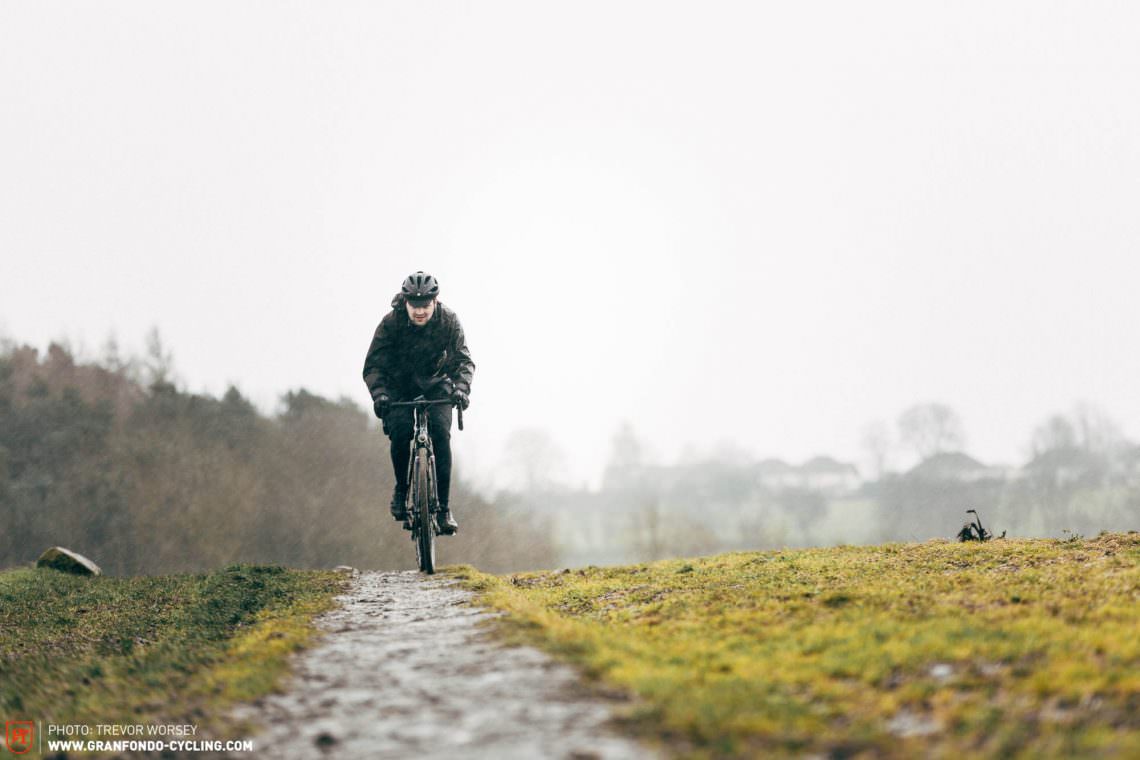
A few hours earlier (and a whole lot drier), we were being guided around the Restrap factory by Nathan Hughes, the company founder and director. By our third cup of tea, we were getting a good picture of Nathan as a man who is happy to roll up his sleeves and get things done. Amongst bikepackers, Restrap has carved a respected name for itself, offering a huge range of bags and accessories that champion durability and function, all handmade in Leeds, Yorkshire. However, Restrap’s product portfolio has not always been so varied. Like the prestigious drivetrain giant Campagnolo that grew from a simple quick-release, Restrap was also born from a simple product, released at the right time.
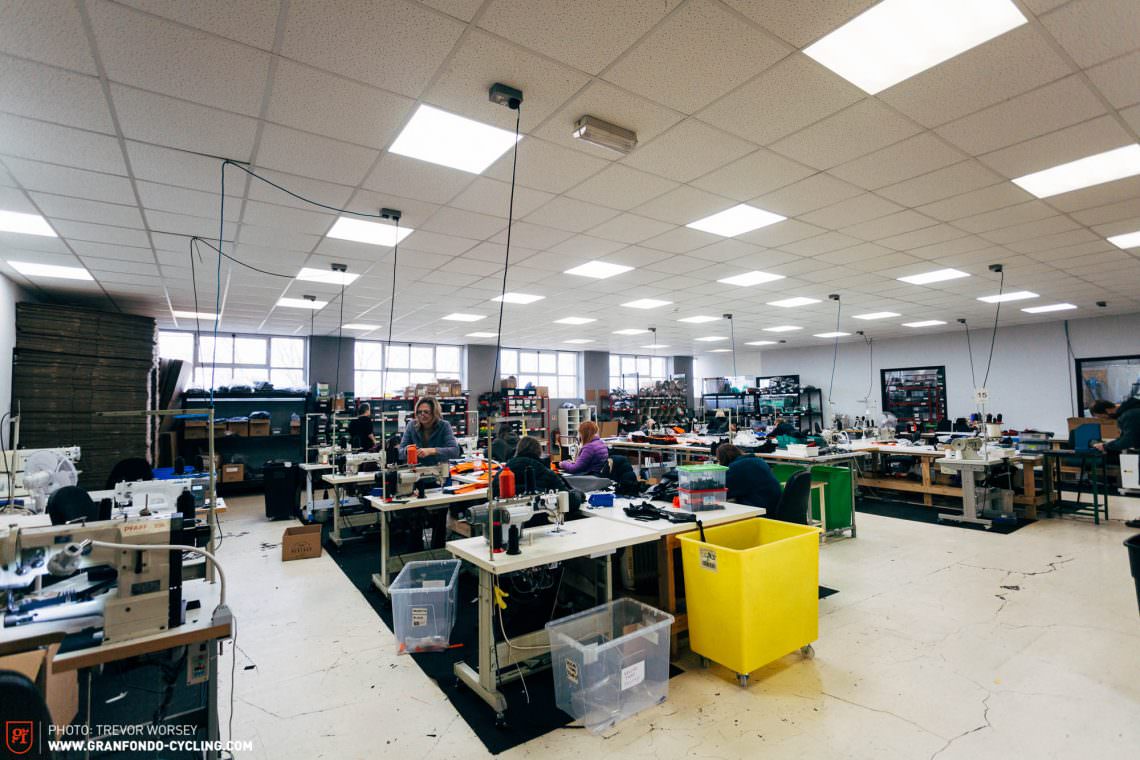
It was a journey that started through necessity, back when 18-year-old Nathan was a struggling student, a fixie enthusiast and also, skint. After snapping yet another set of Powergrip pedal straps— the only commercial option on the market— he thought there must be a more durable option. Sick of constantly replacing the straps, he dusted off a sewing machine and some old seatbelt webbing and set to work. Elegantly simple, the pedal straps had no adjustments and were made for his foot, and they worked. Beautifully. As with all great ideas, especially in the cult fixie family, word spread.
When I started, the fixie and crit scene in Leeds was booming. The Alleycats races in Leeds were going off. Even now, 12 years later they still meet every Thursday — that’s how I know the majority of people who work in the factory.
By 2010, the underground fixie movement was accelerating. Achingly hip shops were opening in London’s Soho, including iconic brands like Tokyo Fixed and 14 Bike Co, displaying rare Keirin frames and classic Italians. Nathan’s straps soon became the must-have for the Leeds fixie scene, after friends of friends started to ask Nathan for straps of their own and it didn’t take long for the bigger shops to take notice. Nathan started making a little bit of money, not enough to live on, but more than he had. Nathan knew he had to make more than just straps to build a successful business and given new movement on the horizon, he turned his attention to bike-packing. The Restrap brand started to expand.
It was clear the bike-packing scene was growing, but it’s always hard to predict, is it a trend, is it going to have a peak to it? Really, it’s just cycle touring which has been around for years. It’s a better way of carrying luggage. You don’t need a touring bike, you can have a carbon road bike or a full-suspension mountain bike and still enjoy touring.
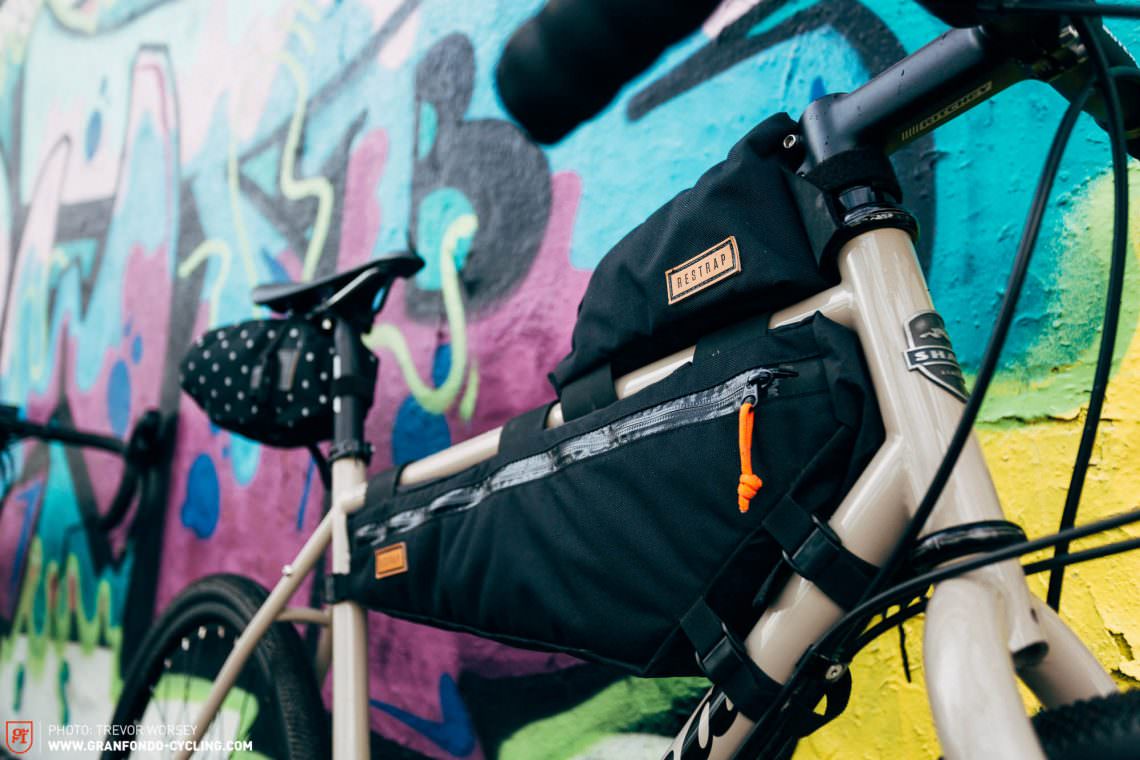
Establishing an identity for a small brand is never easy. With a very limited budget, Nathan relied on word of mouth in the early days. It was not the easiest option, but it was the cheapest, and therefore only, option. Perhaps it’s the ‘Made in Yorkshire’ tag that was vital for early growth in the UK? Nathan laughed: “It was certainly important in the beginning, Yorkshire is well known in the cycling community for being tough terrain, but now it has little impact on our growth overseas. We started having to put on our marketing material, made in Yorkshire… UK. It’s an ongoing joke that if we ever have to produce anything in China, we could open a factory and call it Yorkshire.”
As sales for Restrap picked up, the early move to bags proved a good choice – first their messenger bags took off, then, as people’s interests evolved, bike-packing became a focus. Restrap started to gain momentum as a tiny player with a big hold on an emerging market. Now in their third unit, already filled to bursting with production lines, it’s clear that Restrap have not yet peaked. “We are hoping that someone moves out of one of the units around us so we can knock through, or else we will need to move again in a year,” Nathan recounted. Sewing machines buzzed constantly as the 27 staff worked with skilled precision. The air was tinged with a slight smell of burning as a robotic laser cutter worked tirelessly over huge sheets of fabric. That was until the day’s first tea break; within seconds the factory floor was deserted and even Nathan disappeared. People take tea seriously in Yorkshire.
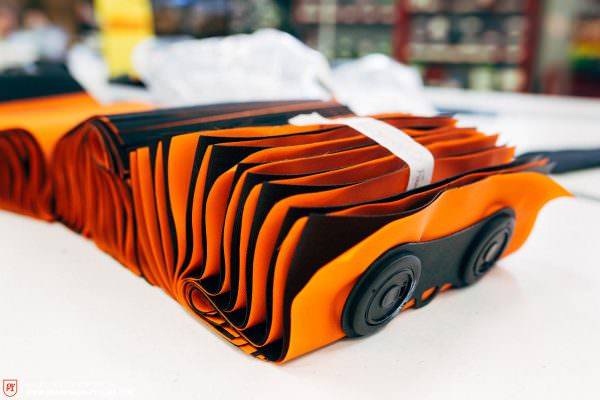
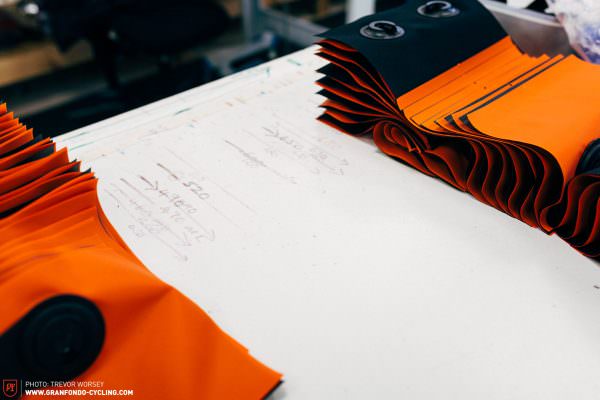
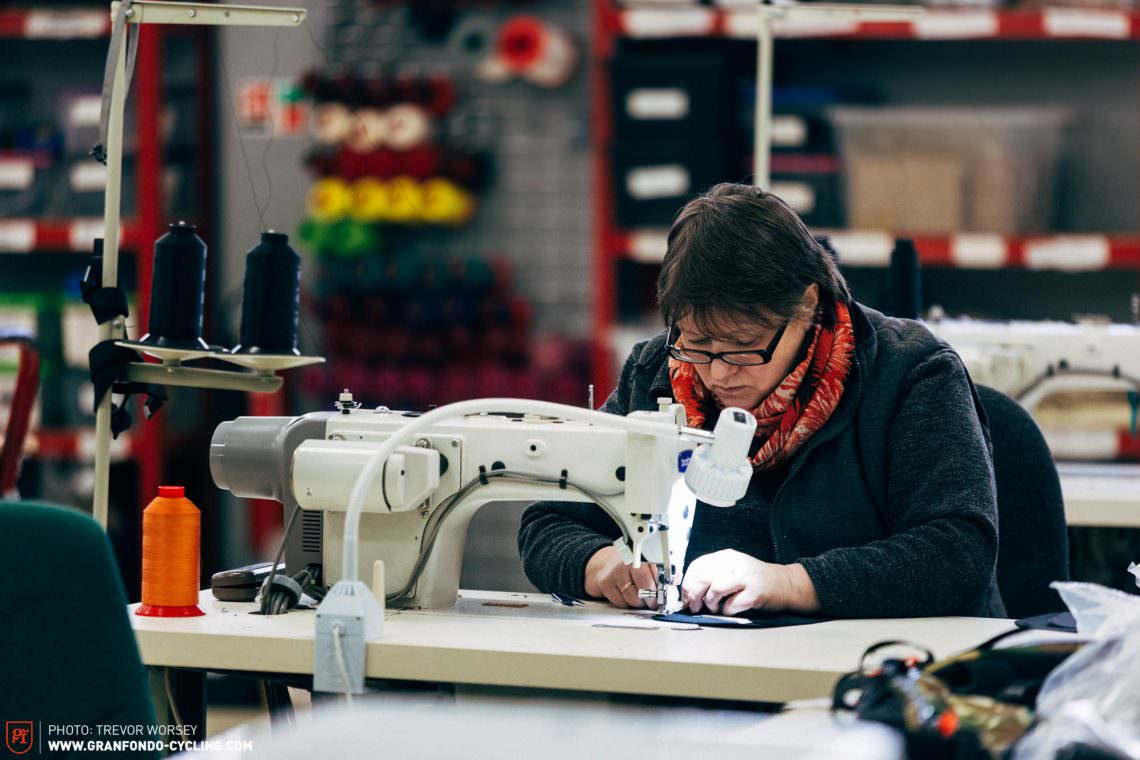
A few minutes later, work restarts wordlessly and we were rejoined by our host. Commenting on the lines of commuting bikes scattered all around the unit, Nathan explained: “We have a real mixture of riders in the team here, from those who commute, to those who think 313 miles overnight on a fixed gear bike is a fun idea. As a company, we always encourage people to get out on their bikes, for us it makes sense. If they use the product, they ride the product, they understand what they are working with.” Nathan’s determination to keep things in-house is evident in this conversation. “We are constantly looking at how we can bring more processes under one roof. If we have control over the processes, it opens up more possibilities. A lot of new designs are trial and error — you would be amazed at the number of products we make that do not come to market. The nice thing is that we can make a sample in one day. Sometimes we have an idea and bang it out on the laser cutter. Within half an hour, we can say if it did or did not work. For example, we noticed our bags were quite dark inside, so one day we came in and said, let’s make them bright orange inside. We got a price from the buyer and changed the cut. From that day on, everything was orange. As we’re the manufacturers as well as the designers, we can react and evolve. If someone doesn’t like a strap position, then we say ‘no problem’ and just move it — all in house. Keeping that control builds a lot of loyalty to the brand as we can really look after our customers.”
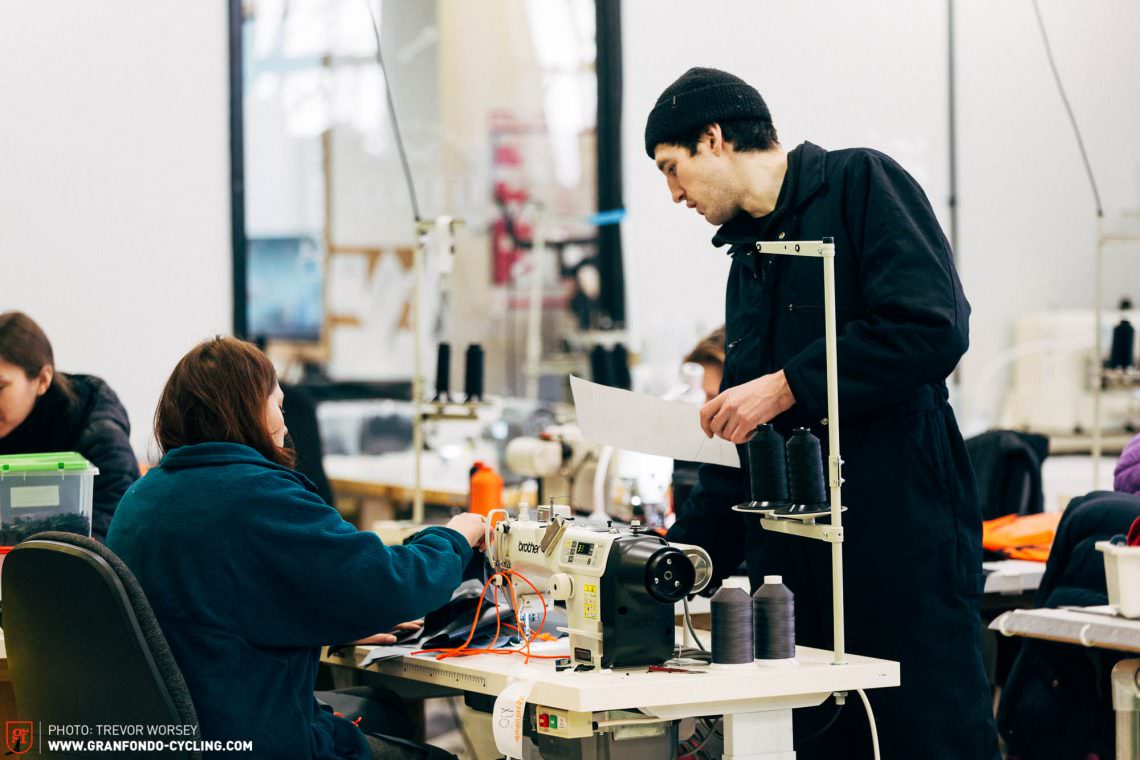
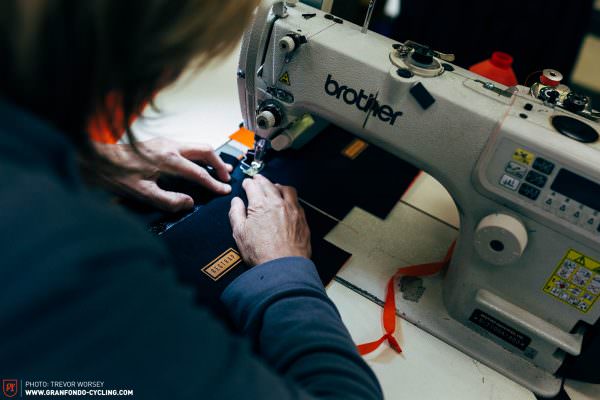
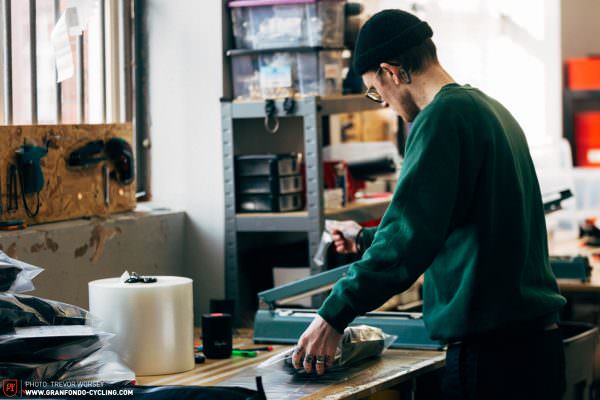
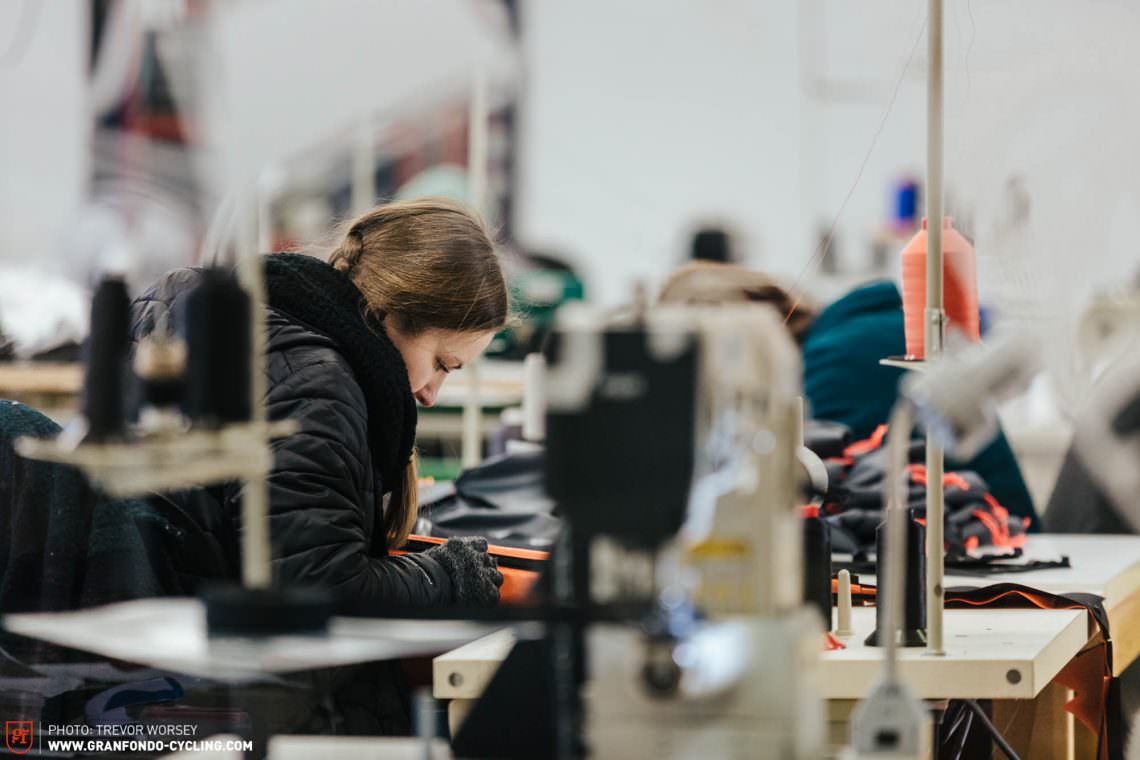
As businesses scale, such growth doesn’t usually come without issues. Cyclists, especially hardened bike packers, are a particular breed, championing the underdog and cherishing disruptive, cultish brands. We wondered how Restrap will maintain their brand identity as their range expands, and Nathan’s response was simple: “We are genuinely trying to make the best product. Ultimately, we also have to ride the product on our own touring trips, so we don’t cut corners or use cheaper fabrics. We need our products to perform. Last year, a team of us cycled 600 miles through the Japanese alps. We got hit by the biggest typhoon in 25 years, so it was certainly windy. The year before we toured the West Coast of America from Portland down to San Francisco. It was always amazing seeing our products being used by other bike-packers on the way.”

Nathan understands that not all bike-packers are alike; there’s one breed that wants to be feral, sleeping in ditches, drinking from streams and eating roadkill. But many of us long for a micro-adventure, with enough space in our bags to fit beers in at the end of the day. He agreed: “We want to show the fun side of riding and not be deadly serious all the time. We want to show that a great adventure can be 50 miles finishing at a pub — it doesn’t have to be a sufferfest. Our real aim is to get more people involved in bikes. We will launch a series of ‘Ride to the Pub’ rides this year. It’ll be a social meet up ride of 50-60 miles followed by a camp-over at the pub after some beers. That’s our goal: to showcase the fun side.”
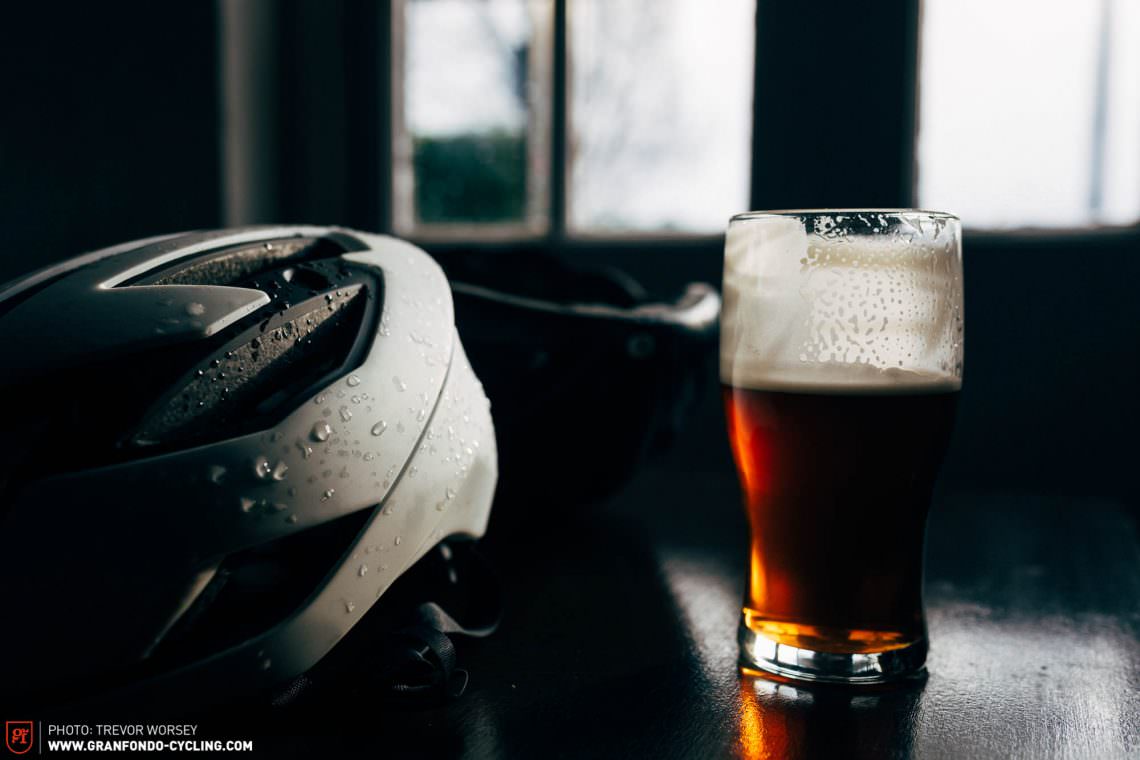
And that’s where we find ourselves now. Tour over, ride done, wet clothing almost dry and our pint glasses almost empty, it’s time to go. I recall the sights and feelings I had experienced on our gravel ride that had brought us here– elements that are reflected in the people driving the Restrap brand forward. The tough and rugged terrain of Yorkshire shapes a stoic practicality and ‘can-do’ attitude in its residents and it feels like these are the very qualities that lit the touchpaper of the Restrap rocket.
Nathan’s story, like many before him, is one of ingenuity, determination and authenticity. Whether it was by luck or judgement that Restrap has been able to ride the bikepacking wave, their timing couldn’t have been better. It’s compounded by their authentic story – a powerful tool in today’s craft-beer society – that we’ve learned is no marketing spin or insta-fakery. Restrap is simply a band of cyclists making bike products that work on their own adventures. Rising from our seats, we shake out our jackets again, don our helmets and stuff our phones back into the protective cocoons of our frame bags. Tipping our caps to the altar, the proprietor returns an almost imperceptible acknowledgement as we shuffle out into the rain, our bellies full of liquid salvation against the Yorkshire grit.
You would love to equip Restrap bags on your bikepacking bike, but there is no bike? No problem, here is our test of the best gravel bike for bikepacking. For more information on Restrap head to the official website
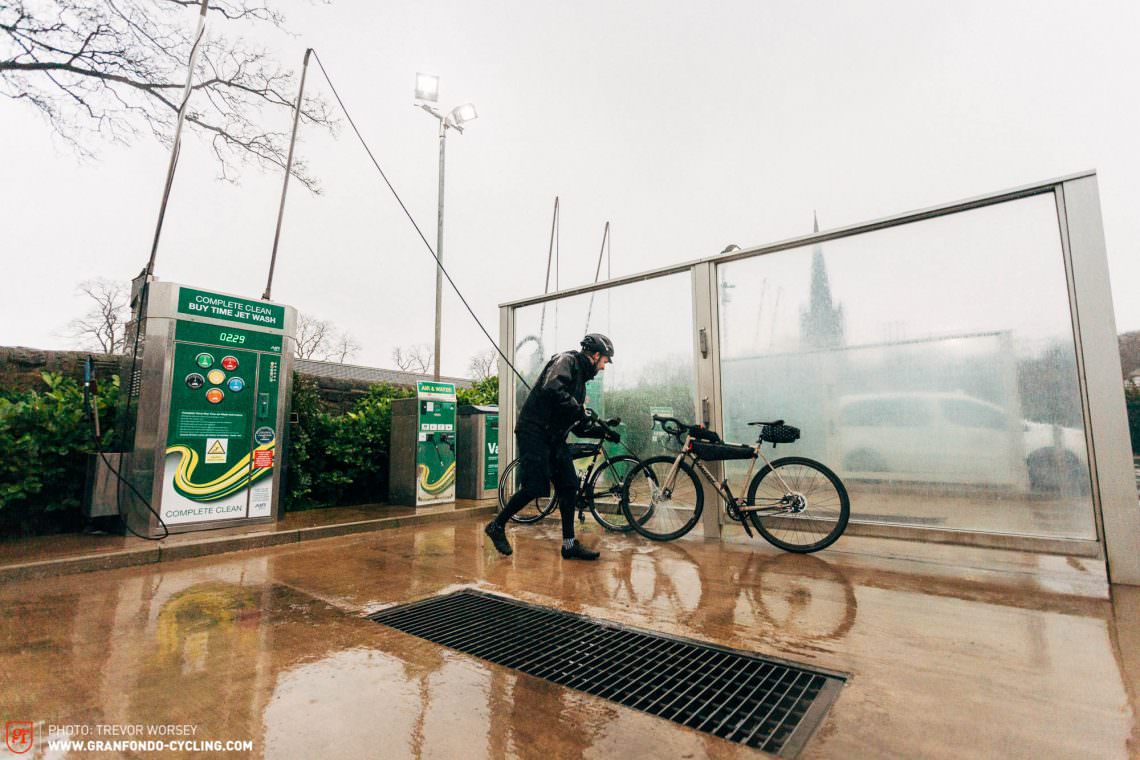
Did you enjoy this article? If so, we would be stoked if you decide to support us with a monthly contribution. By becoming a supporter of GRAN FONDO, you will help secure a sustainable future for high-quality cycling journalism. Click here to learn more.
Words & Photos:







